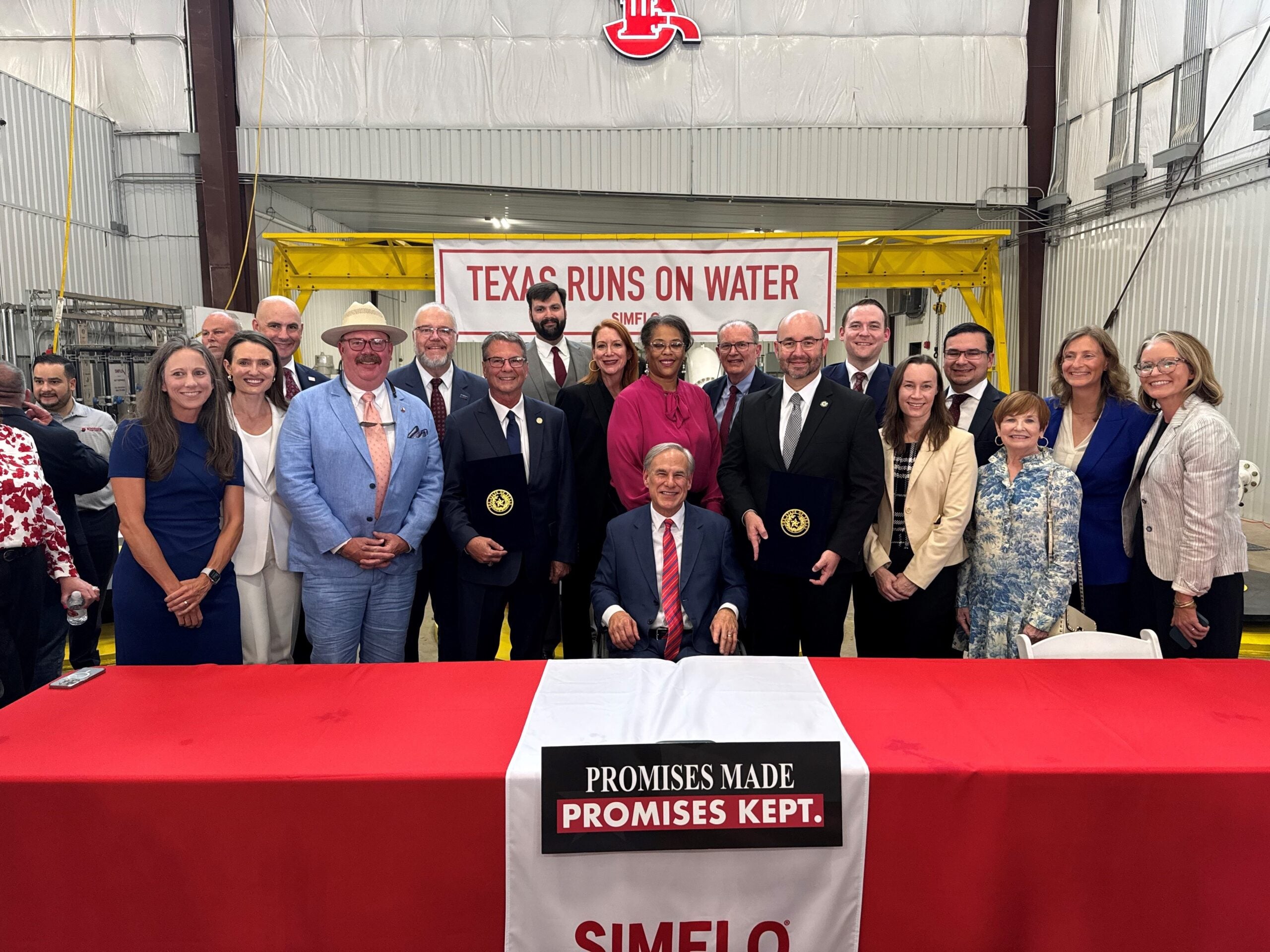
EDF’s Vanessa Puig-Williams (far right) joins Texas Gov. Greg Abbott (center) and other water stakeholders at a signing ceremony for a $20 billion, 20-year package to fund water projects.
As federal environmental programs and funding come under attack, states across the West are adopting major policies and dedicating more money to support long-term water resilience, underscoring how water bridges political divides. Here’s a roundup of the actions that were strongly supported by the EDF Water Team.
Texas goes big on water with $20 billion package
Alongside a large coalition of stakeholders, EDF supported and helped to shape a $20 billion, 20-year ($1 billion per year) funding package that will support water supply development and infrastructure repairs, including aquifer storage and recovery projects, agricultural water efficiency projects, and wastewater reuse. The package, signed by the governor in a ceremonyWednesday, is the first-ever investment in water of this magnitude in Texas. It will go to voters for final approval as a constitutional amendment on the November ballot.
EDF also spearheaded the successful allocation of $7.5 million for local groundwater data and science — an essential foundation to managing Texas’ aquifers. It was the first time funding of this nature for groundwater modeling, data collection, and scientific study has been appropriated in Texas and the first time such a broad coalition of organizations from agricultural, environmental, and municipal water supply interests have united around groundwater.
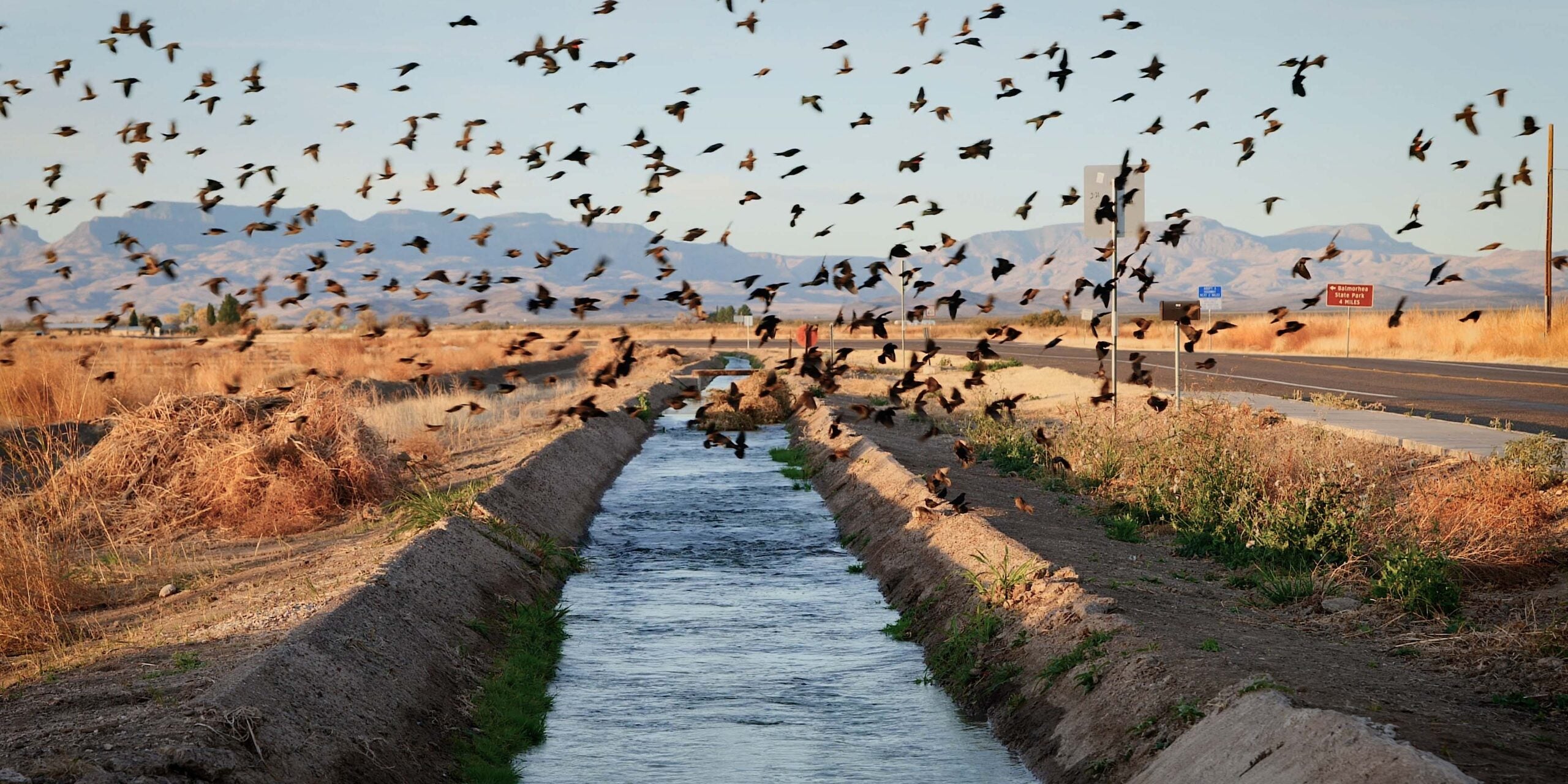
Texas water fact: More than 93% of land in Texas, the second largest state, is privately owned, which means groundwater is closely tied to property rights and private land stewardship is crucial to sustainable groundwater management.
New Mexico dedicates funding for aquifer mapping and monitoring
The 2025 legislative session in New Mexico provided substantial and necessary advancements and funding to protect the state’s water. One bill that passed with EDF’s support (SB 21) will set up a state permitting system to cover the nearly 95% of New Mexico’s seasonal waterways that lost federal protections as a result of a 2023 Supreme Court decision (Sackett v EPA).
In addition, New Mexico lawmakers approved the following funding:
- $200 million for drinking water and wastewater infrastructure.
- $20 million for watershed restoration and protection.
- $15 million for Indian water rights settlements, matching $3 billion in federal funds.
- $7.5 million for aquifer mapping and monitoring.
- $5 million for a new Agricultural Water Resilience Pilot Program.
- $5 million for riparian area restoration and protection.
- $2 million for implementation of the Water Data Act, which directs state agencies to identify, modernize and integrate water data.
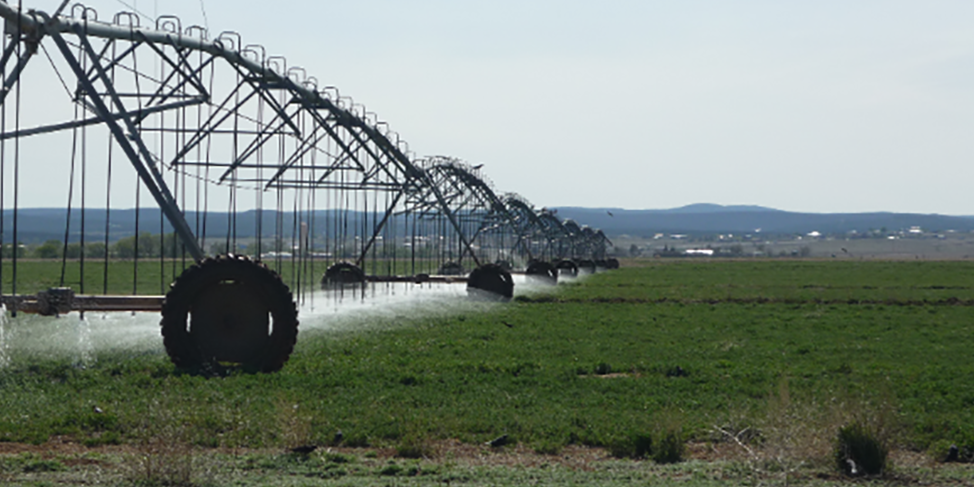
New Mexico water fact: New Mexico depends more on groundwater than any other state, with about 87% of New Mexico’s public water supply coming from groundwater. In the Estancia Basin (pictured), farming families have depended on large-scale groundwater pumping since the mid-1900s to grow their crops, while ranchers have relied on windmill-driven groundwater wells to keep their livestock watered for even longer. Photo: Bruce Allen, Estancia Basin Geology and Groundwater StoryMap
Colorado boosts sports betting funding for water projects
In a year that started with Gov. Jared Polis proposing water funding cuts to balance a tight budget, EDF and partners were able to increase water funding with legislation (HB25-1311) that closed a loophole in the state’s sports betting tax and will generate an additional $12 million a year for Colorado Water Plan projects. As a result of the legislation, annual funding from sports betting will increase to $50 million for projects in five key areas: water storage and supply; conservation and land use; engagement and innovation; agriculture; and watershed health and recreation.
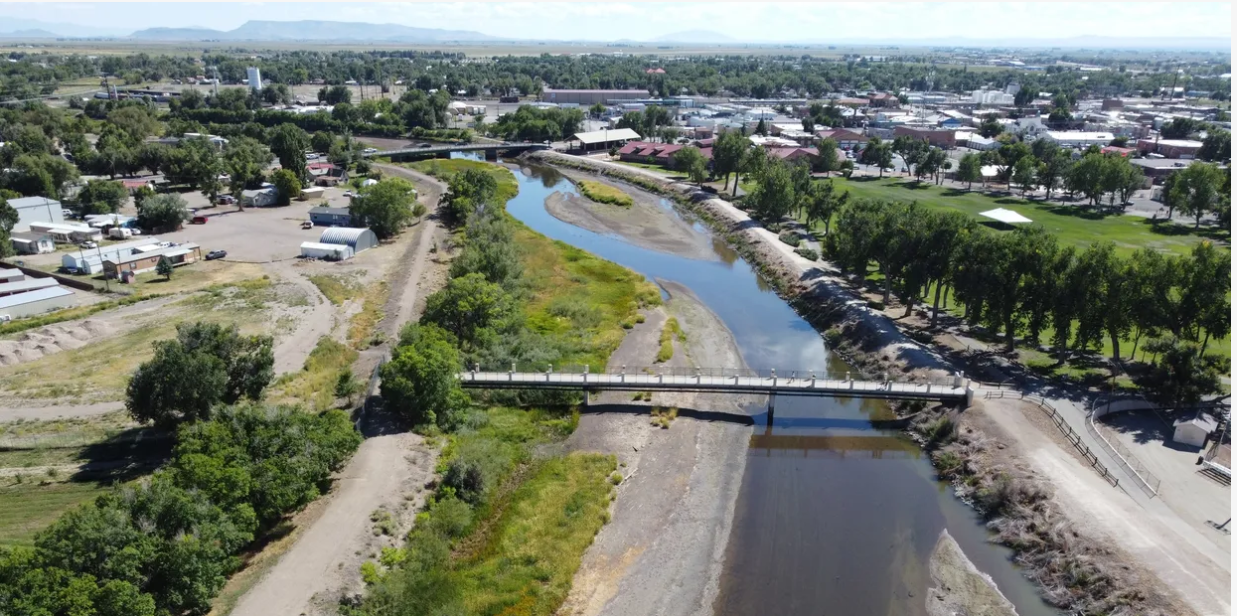
Colorado water fact: In just under five years, sports betting in Colorado has raised $101 million to conserve and protect Colorado’s water. In fiscal year 2024, 84 projects were funded, ranging from a crop-switching initiative to rye in the San Luis Valley, the expansion of the Colorado Water Fellows Program to more universities, and a multibenefit Rio Grande riverfront access improvement project in the town of Alamosa (pictured). Photo: Colorado Rio Grande Restoration Foundation
Nevada addresses declining groundwater levels
Nevada took a meaningful step forward to address declining groundwater levels by establishing the Nevada Voluntary Water Rights Retirement Program, a new program championed by The Nature Conservancy that provides for voluntary and compensated groundwater rights retirement. This program, which still needs funding, would provide expanded options and flexibility for farmers and other water users to adjust to changing conditions and water scarcity.

Nevada water fact: Nevada is the driest state in the United States, averaging just more than 10 inches of precipitation per year. A pilot program in Diamond Valley (pictured) successfully tested compensated groundwater rights retirement as part of an effort to bring its aquifer back into balance. Photo: Guisselle11, CC BY 3.0, via Wikimedia Commons
Oregon poised to protect flowing rivers
As part of the Oregon Water Partnership (OWP), EDF is working to modernize water policy and protect flowing rivers in response to increasing pressure on water resources from climate change and overallocation. OWP has been working on a bill (SB1153) introduced by Gov. Tina Kotek’s office that would require that water transfers, including moving a groundwater well within a quarter mile of a stream, do not diminish instream flows, protecting wildlife habitat, cultural resources, and recreation into the future. The bill is awaiting floor action.
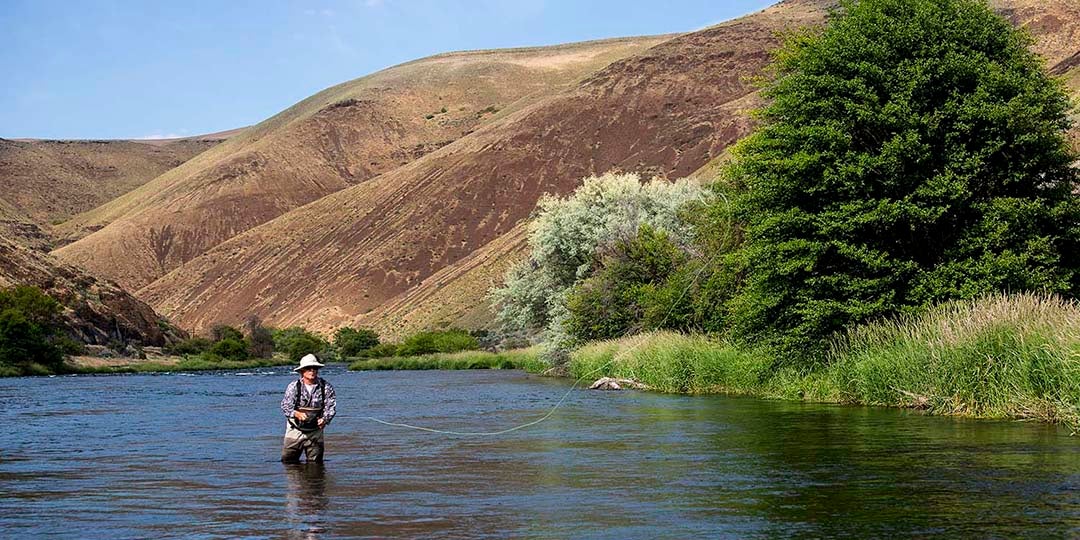
Oregon water fact: Oregon law did not authorize water rights for river or stream flows until 1987, when the Oregon Legislature enacted the Instream Water Rights Act. Still, 97% of Oregon stream miles do not have an instream water right. Photo: Bureau of Land Management
California appropriates climate bond funds to land repurposing
The California Legislature approved $12 million for the state’s Multibenefit Land Repurposing Program — the first installment of $200 million allocated to the program included in the $10 billion Proposition 4 climate bond approved by voters in November. The oversubscribed program pays farmers to voluntarily take irrigated agricultural land out of production and convert it to other uses that reduce groundwater pumping and deliver other benefits.
Since EDF helped develop the program, which launched in August 2022, a variety of projects have broken ground. They include a project that converted almond and walnut orchards into pollinator habitat and a community buffer area for nearby homes, the repurposing of 47 acres of farmland to wetlands, and the revitalization of Tribal land uses on more than 10 acres.
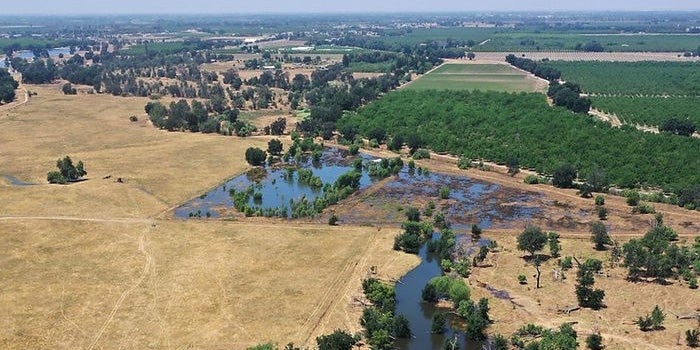
California water fact: The California Legislature has appropriated $90 million for the Multibenefit Land Repurposing Program (MLRP), resulting in two rounds of block grants awarded to date. One project adjacent to the Kaweah Oaks Preserve (pictured) will restore 10 acres to woodland, forest, marsh, and wetlands; increase contiguous wildlife habitat; and revitalize tribal land uses. The MLRP was developed to help communities shape their own futures as they comply with the 2014 Sustainable Groundwater Management Act. Photo: Austin Fontanilla, Sequoia Riverlands Trust
Arizona shifts focus to local policies amid state inaction
Since 2022. EDF has played a pivotal role in efforts in Arizona to establish groundwater management programs in three basins covering about 5,000 square miles, the first expansion since 1985. EDF helped support local residents’ advocacy that led to the precedent-setting proposed management goal of the new Willcox Active Management Area of reducing groundwater depletion by 50% by 2075.
As the Arizona Legislature continues to resist passing statewide legislation, EDF is working closely with Gov. Katie Hobbs, her staff, and the Rural Water Work Group to continue this progress with the goal of establishing a statewide groundwater management program. The Rural Water Work Group, a bipartisan group of elected and community leaders from several rural counties, first convened in early 2022 to advocate for flexible state policies and resources to protect their local groundwater resources.
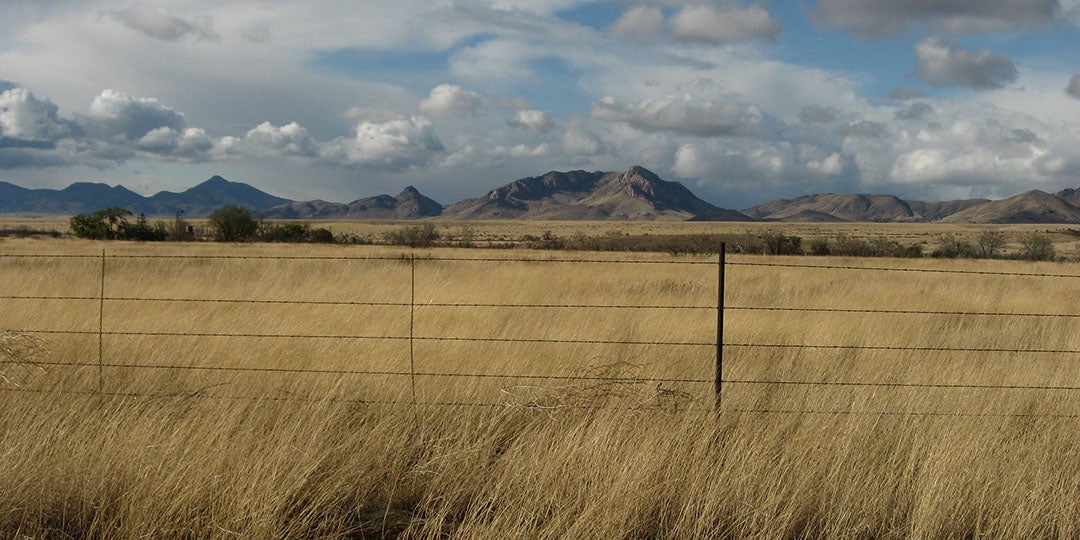
Arizona water fact: While groundwater is unprotected in over 80% of the state of Arizona, EDF has supported efforts to establish management programs in three new basins with the hope of scaling management statewide. The Arizona Department of Water Resources designated the Willcox Groundwater Basin (pictured) an active management area in January 2025, an action that prohibits any new irrigation. Photo: Just Outside Chiricahua National Monument, Arizona by Ken Lund, CC BY-SA 2.0












